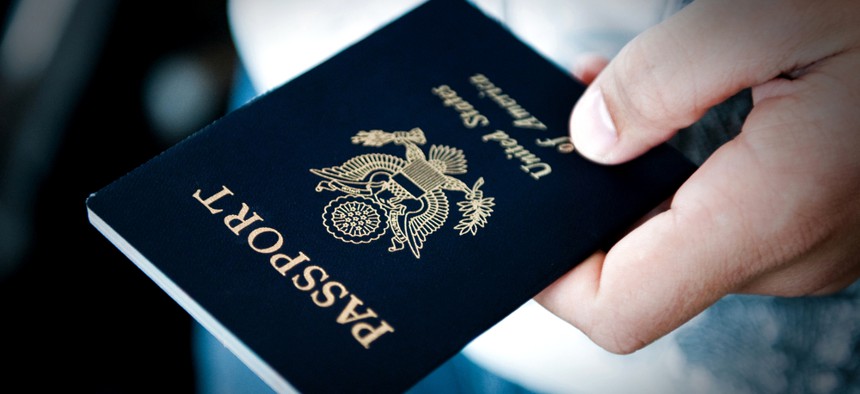
infinity21/Shutterstock.com
Passport Officers Are No Better at Performing Photo ID Checks Than You Are
Familiar faces are very easy for humans to identify, but faces we’ve never seen before are extremely difficult to match up to a photograph.
Something to ponder the next time someone asks for your photo ID: that immigration officer at the airport—or the security guard at an office building, or the barman serving you drinks—is likely no better at matching your face to the picture on the ID than you are, a new study from the University of New South Wales has found.
UNSW researchers tested a group of Australian passport-issuing officers against completely untrained college students. The tests included deciding whether a photo on a computer screen was of the same person standing in front of a desk, and matching recent photos of people with photos of them from two years before. Despite their experience and training, passport officers performed the tests with about a 15% error rate, the same as the college students.
The study suggests that passport officers tasked with photo ID checks should have to pass aptitude tests before being assigned the job. While many officers in the study performed poorly, others did very well—some performed with 100% accuracy.
But the main takeaway seems to be that training doesn’t really help someone accurately match a face up with a photo. Some people are just better at it than others, and that should probably be taken into account when someone is assigned the duty of identifying photos.
Familiar faces are very easy for humans to identify, but faces we’ve never seen before are extremely difficult to match up to a photograph. Jobs that require photo ID checks—border patrol officers, airport security, bouncers—could be among many lines of works threatened by the inevitable robot takeover. Facial recognition software is becoming more and more accurate. Facebook’s DeepFace project can analyze two photos, lighting and angle notwithstanding, and reveal with 97.25% accuracy whether or not the photos are of the same person.
(Image via infinity21/Shutterstock.com)
NEXT STORY: Unlocking the PerformanceStat Potential






